Latest & Greatest
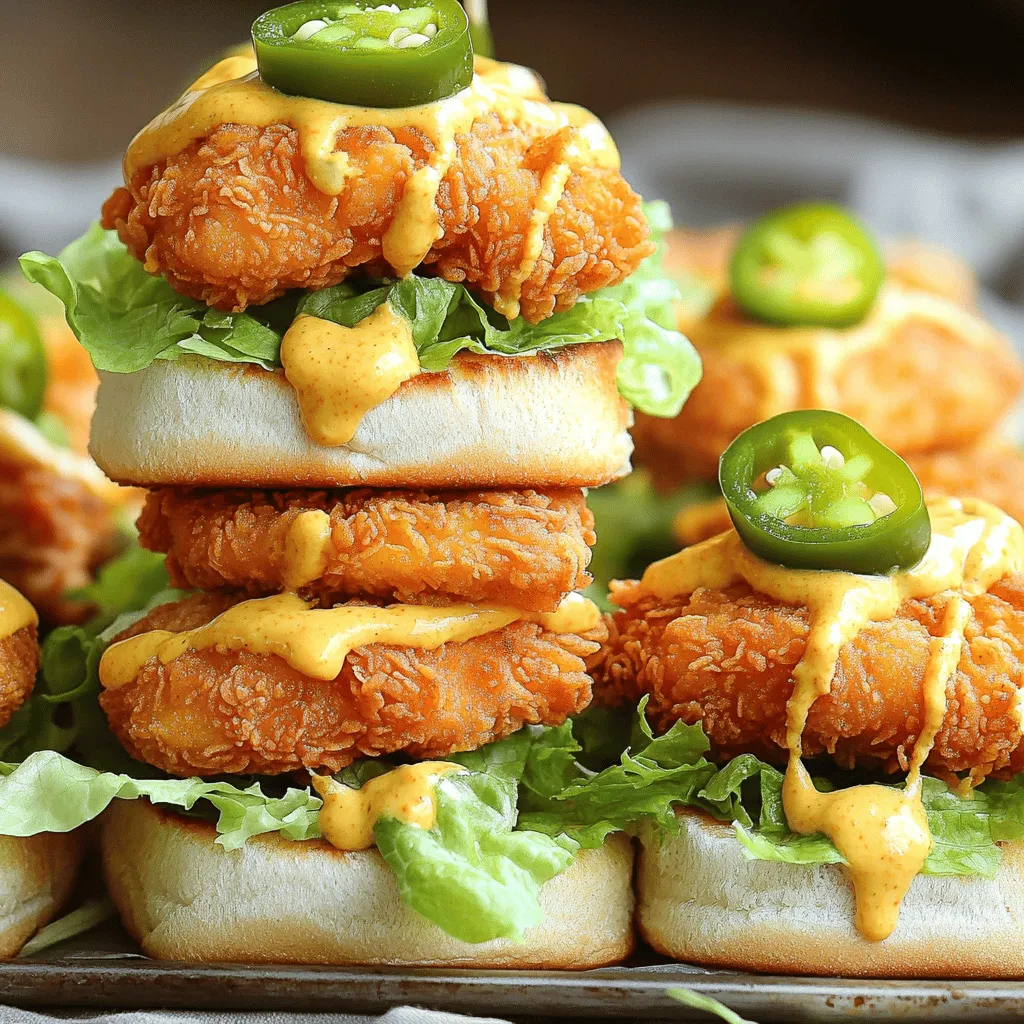
Bang Bang Chicken Sliders Flavor-Packed Delight
Are you ready to elevate your game day gathering? Bang Bang Chicken Sliders are a flavor-packed delight that combines crispy
Read more…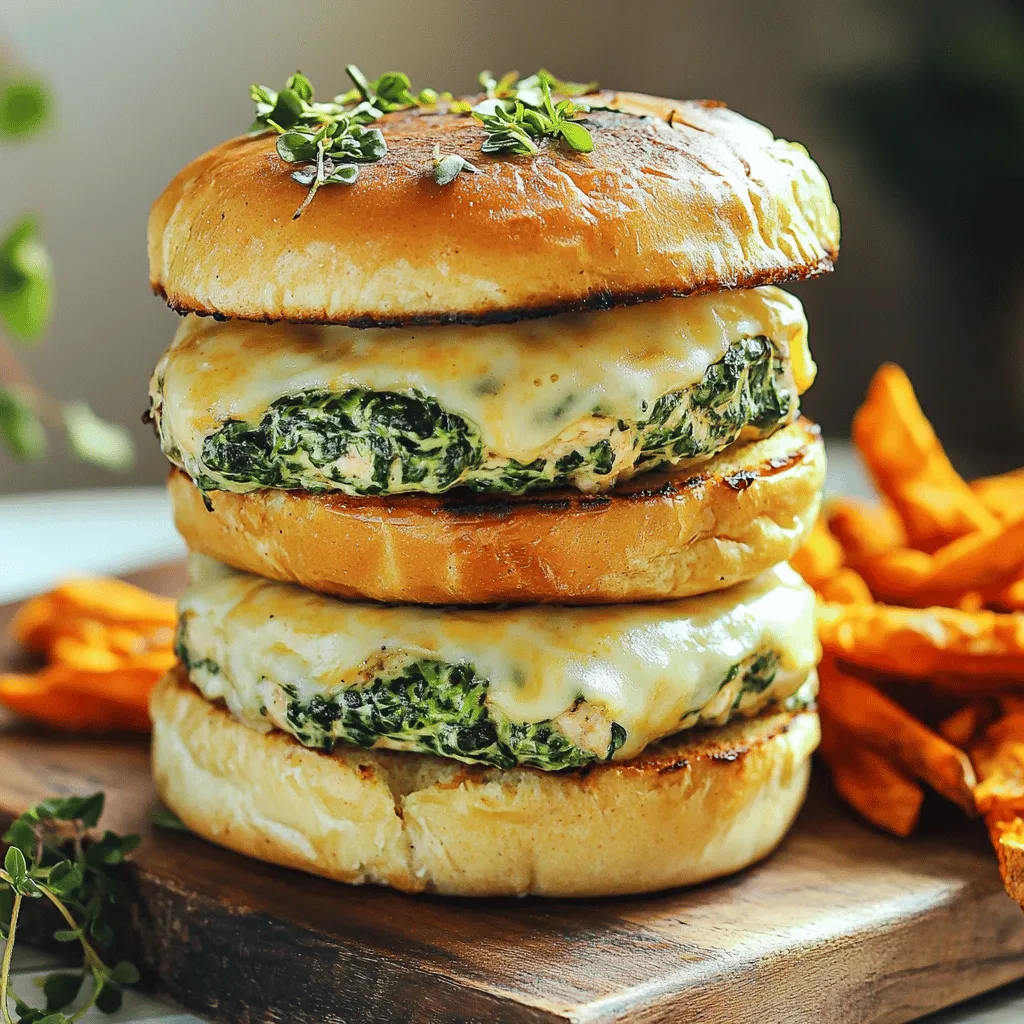
White Cheddar Spinach Chicken Burgers Flavorful Treat
Are you ready to elevate your burger game? These White Cheddar Spinach Chicken Burgers are not just a meal; they’re
Read more…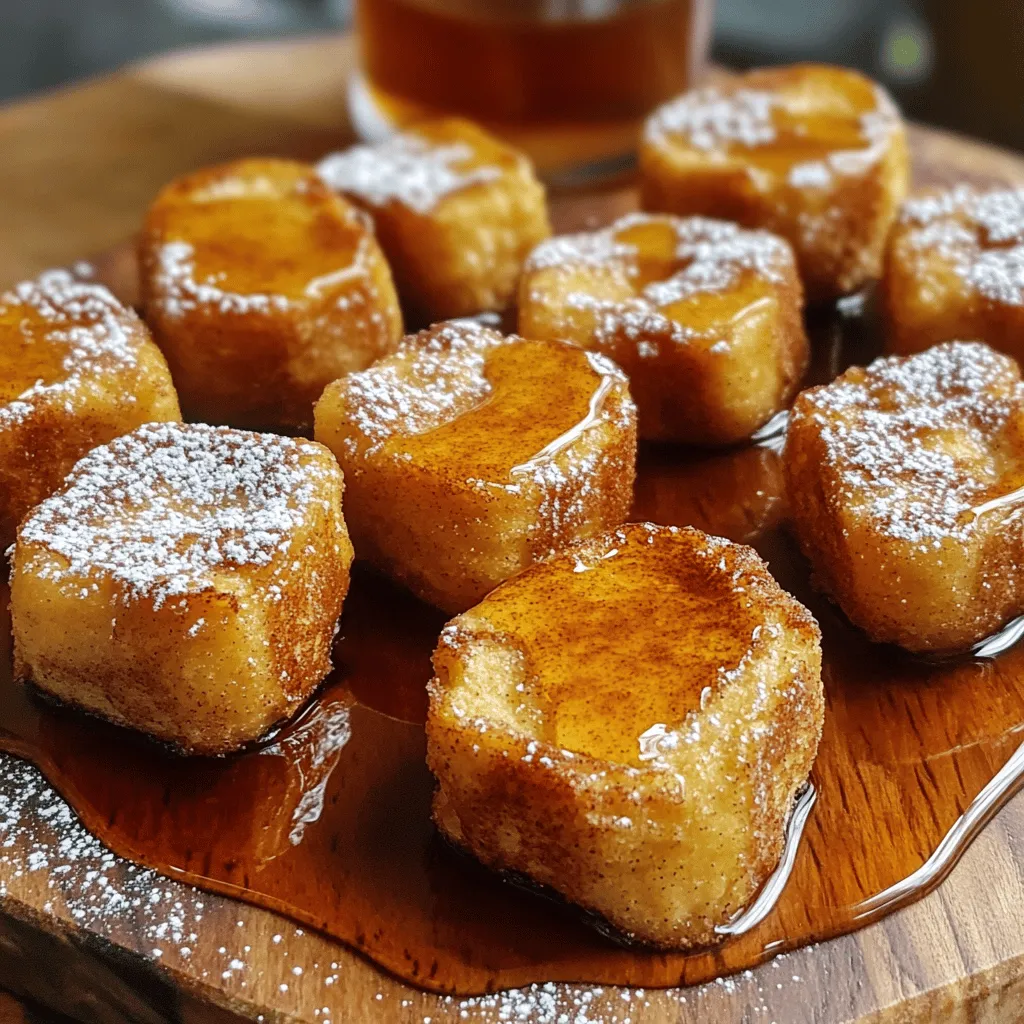
Cinnamon Roll French Toast Bites Sweet Morning Treat
Are you ready to elevate your breakfast game? Cinnamon Roll French Toast Bites are a sweet twist on a classic
Read more…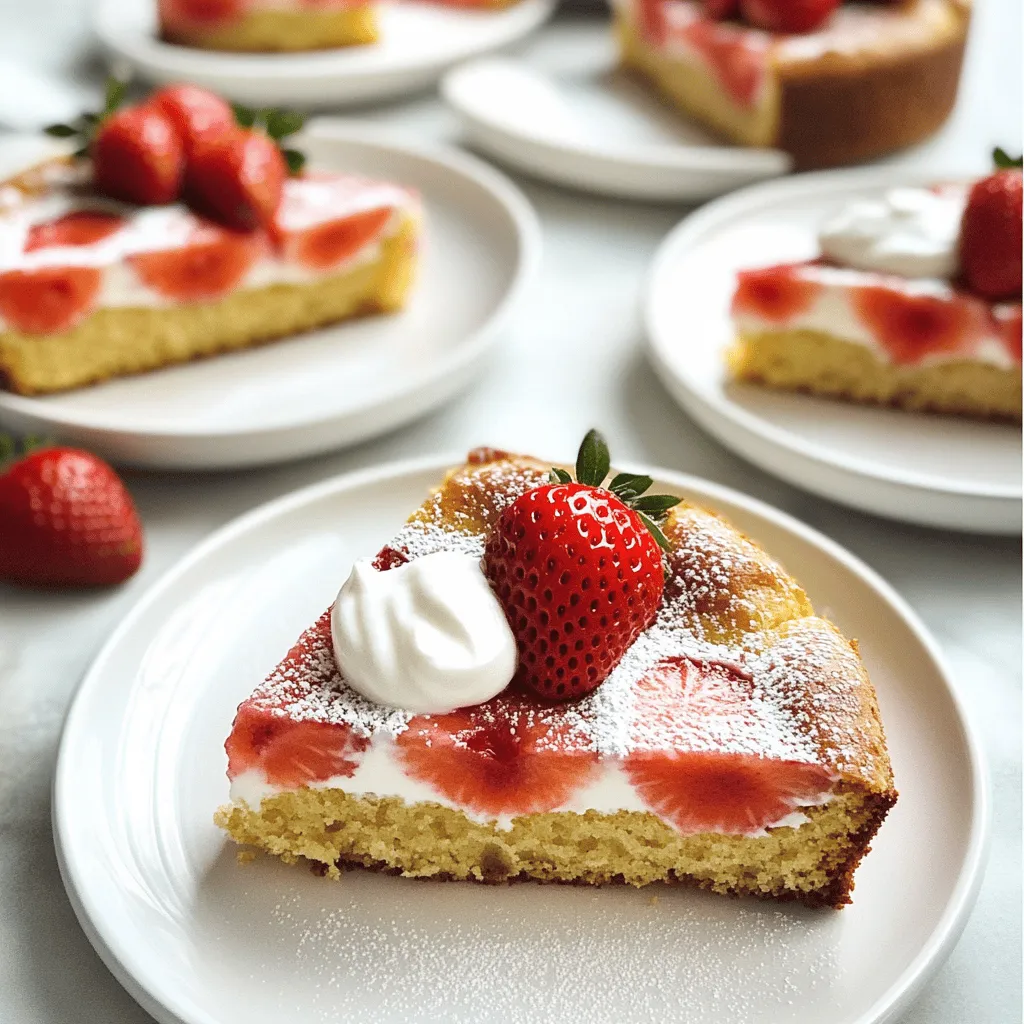
Skinny Strawberry Cake Delightfully Healthy Treat
Craving a sweet treat but want to keep it healthy? Let me introduce you to my Skinny Strawberry Cake—a delightful
Read more…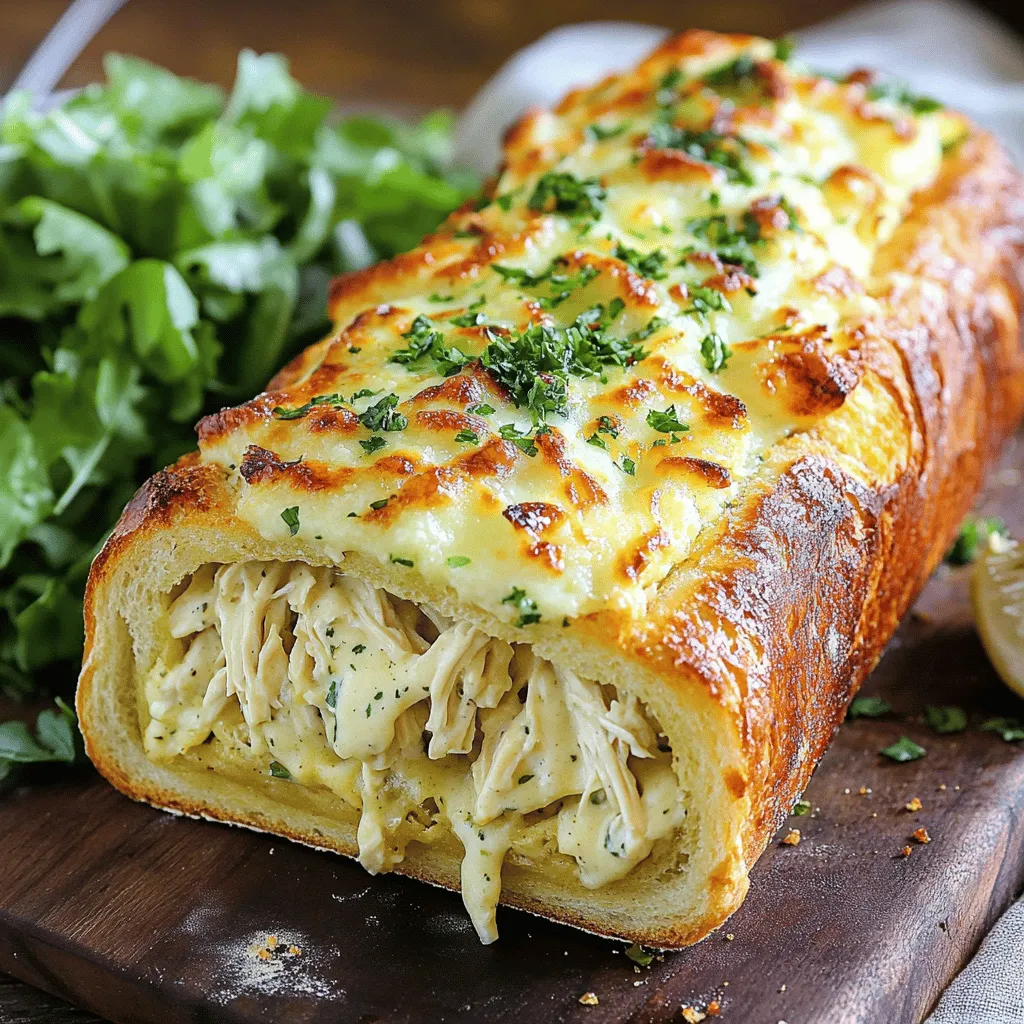
Chicken Alfredo Stuffed Garlic Bread Simple Delight
Are you ready for a dish that will wow your taste buds? Chicken Alfredo Stuffed Garlic Bread is a fun
Read more…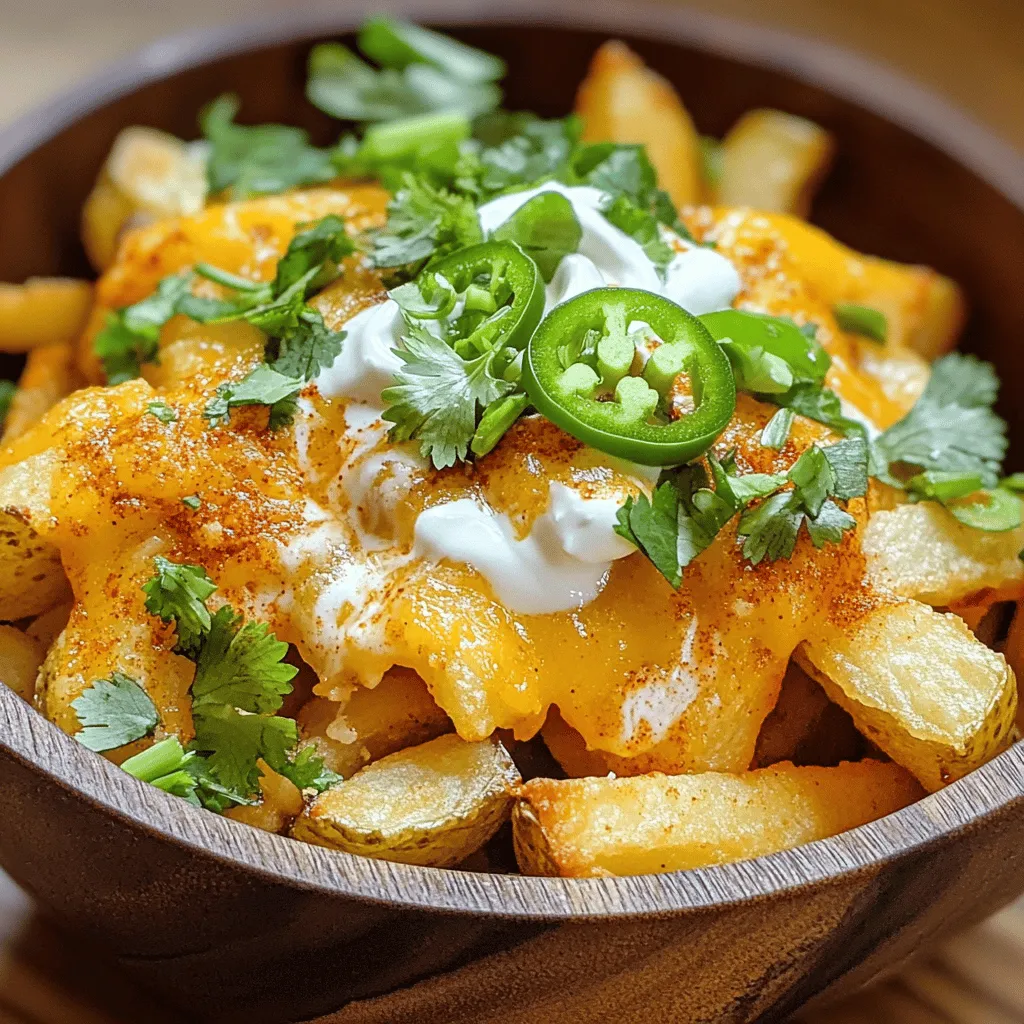
Voodoo Fries Irresistible Flavor You Can’t Resist
Are you ready to dive into the world of Voodoo Fries? This dish bursts with flavors you won’t forget. Combining
Read more…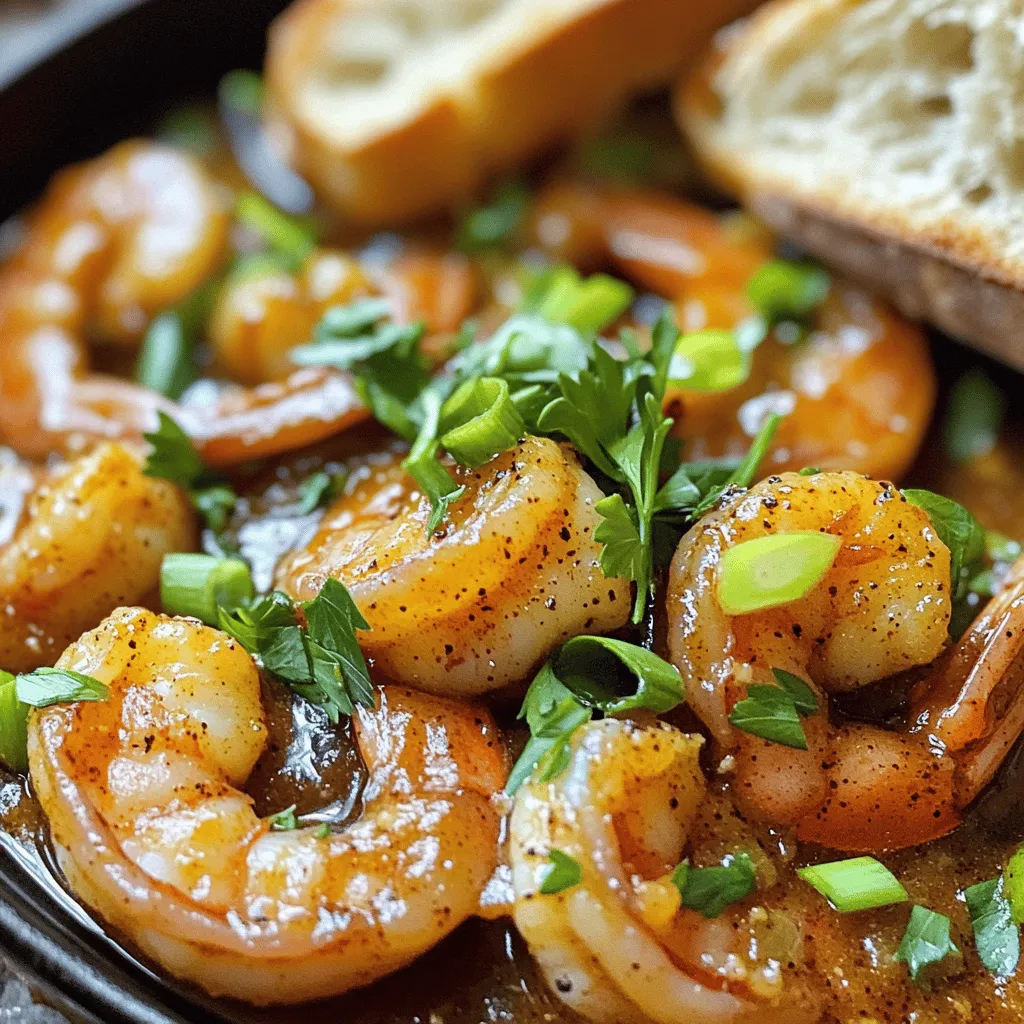
Louisiana BBQ Shrimp Delightful and Easy Recipe
Are you ready to spice up your dinner table? Louisiana BBQ Shrimp is a rich, flavorful dish that’s surprisingly easy
Read more…
One-Pot Creamy Beef Pasta Easy Weeknight Meal
If you crave a quick, delicious meal, your search ends here! One-Pot Creamy Beef Pasta is the answer for busy
Read more…browse recipes

Vegetarian Enchiladas Flavorful and Easy Recipe
Craving a delicious meatless meal? You’re in the right place! This blog features an easy and flavorful Vegetarian Enchiladas recipe that’s packed with fresh…
My Latest Drinks
Tropical Green Smoothie Refreshing Health Boost Recipe
Looking for a refreshing drink that packs a health punch? My Tropical Green Smoothie is the perfect blend of fruits Read Full RecipeApple Cider Harvest Punch Refreshing Fall Delight
Get ready for fall with my delicious Apple Cider Harvest Punch! This easy recipe blends fresh flavors that celebrate the Read Full RecipePineapple Coconut Smoothie Creamy and Refreshing Drink
Are you craving a drink that’s both creamy and refreshing? Look no further than my Pineapple Coconut Smoothie! This easy-to-make Read Full RecipeDelicious Caramel Apple Cider Cozy Fall Drink Recipe
Fall is here, and nothing says cozy like a warm cup of Caramel Apple Cider. This drink combines the sweet Read Full RecipeInstant Pot Apple Cider Quick and Flavorful Recipe
Looking for a quick and delicious way to make apple cider? The Instant Pot is your best friend! I’ll share Read Full RecipeChocolate Covered Strawberry Smoothie Delicious Treat
Craving something delicious and healthy? The Chocolate Covered Strawberry Smoothie is the perfect treat! With fresh strawberries, cocoa powder, and Read Full Recipe
My Latest Dinners
Greek Yogurt Chicken Salad Fresh and Flavorful Recipe
Looking for a fresh twist on a classic chicken salad? My Greek Yogurt Chicken Salad recipe is here to save Read Full RecipeSlow Cooker White Chicken Chili Easy and Flavorful Recipe
Looking for a warm, comforting meal that’s easy to make? My Slow Cooker White Chicken Chili is just what you Read Full RecipeTaco Stuffed Zucchini Boats Flavorful and Simple Dish
Looking for a fun, flavorful dish that packs a punch? Taco Stuffed Zucchini Boats are the answer! This easy recipe Read Full RecipeCreamy Mushroom Marsala Flavorful Dinner Delight
Are you ready to impress at dinner tonight? My Creamy Mushroom Marsala is a flavorful delight that will wow your Read Full RecipeCoconut Curry Chickpeas Flavorful and Easy Recipe
If you’re seeking a simple, tasty meal, look no further! My Coconut Curry Chickpeas recipe is a delightful blend of Read Full RecipeOne-Pot Taco Rice Flavorful and Simple Dinner Delight
Looking for an easy and tasty dinner? Try my One-Pot Taco Rice! This simple dish combines savory flavors and requires Read Full Recipe
hey,
i’m !
I’m so happy you’re here!
Every dish I share is made with love and care. I hope they bring you the same comfort and joy they bring me. Let’s make memories, one recipe at a time.
Chicken and Vegetable Stir Fry Easy Flavorful Meal
Looking for a quick, tasty meal? This Chicken and Vegetable Stir Fry is perfect for you! With fresh veggies and tender chicken, it’s not…
. After you enjoy your chicken and vegetable stir fry, store the leftovers right away. You want to keep them fresh. Here are some best practices: - Cool it down: Let the stir fry cool at room temperature for about 30 minutes. - Use airtight containers: Choose containers that seal well to prevent air from spoiling your food. - Label and date: Write the date on each container. This helps you know when you made it. Your stir fry can last in the fridge for about 3 to 4 days. If you want to keep it longer, consider freezing it. In the freezer, it can last up to 2-3 months. When you’re ready to eat your leftovers, reheating them properly is key. Here’s how to maintain their taste and texture: - Stovetop method: This is the best way! Heat a little oil in a pan over medium heat. Add the stir fry and cook until it’s hot. Stir it often to keep it from sticking. - Microwave method: If you’re in a hurry, use the microwave. Place your stir fry in a microwave-safe bowl. Cover it with a damp paper towel. Heat it in short bursts of 30 seconds, stirring in between. This keeps it from drying out. By following these tips, you can enjoy your chicken and vegetable stir fry even days later. For the complete cooking process, check out the Full Recipe. To make this dish gluten-free, use tamari instead of regular soy sauce. Tamari is a great choice. It has a similar taste but no gluten. You can also try coconut aminos. This option is naturally sweet and soy-free. Always check labels to ensure the products are gluten-free. Yes, you can prep this stir fry ahead of time. Marinate the chicken for flavor. You can do this the night before. Chop the vegetables and store them in the fridge. This saves time when you cook. Just remember to keep the chicken and veggies separate until cooking. White rice or brown rice works well with this stir fry. For noodles, try rice noodles or udon. To cook rice, rinse it and boil it for about 15 minutes. For noodles, follow the package instructions. This will give you a great base for your stir fry. Access the detailed recipe and cooking instructions for Chicken and Vegetable Stir Fry 🥦. You learned how to make a tasty chicken and vegetable stir fry. We covered key ingredients, like fresh veggies and chicken tips. You found ways to enhance flavors and swap ingredients for your diet. We also shared storage advice for leftovers and reheating methods. Now, you can enjoy a delicious meal anytime. Remember, stir fry offers flexibility, so have fun experimenting with your favorite flavors. Happy cooking!](https://easycookingbite.com/wp-content/uploads/2025/06/349253a7-d141-4812-80a9-791e0a7de718.webp)
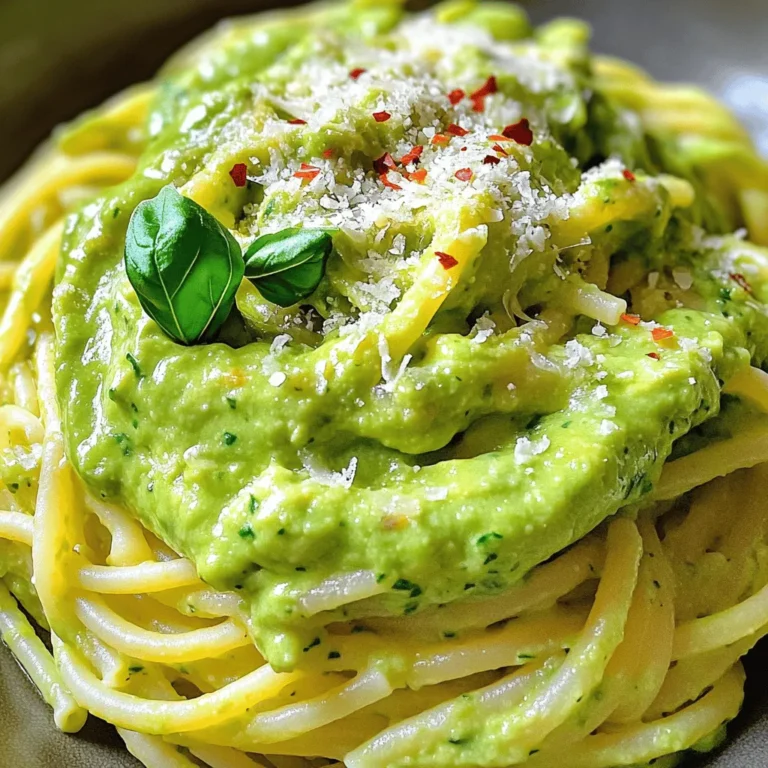
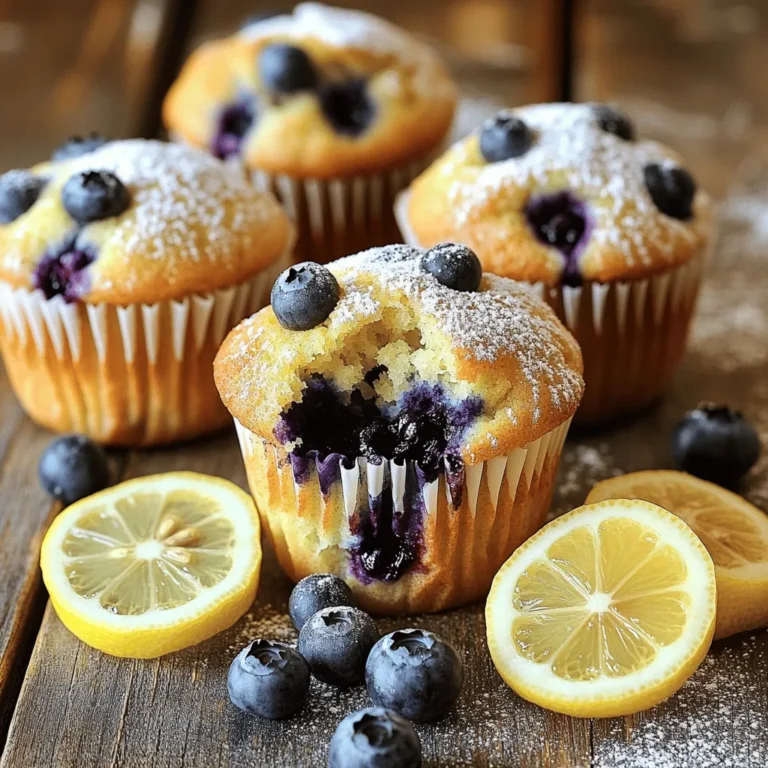
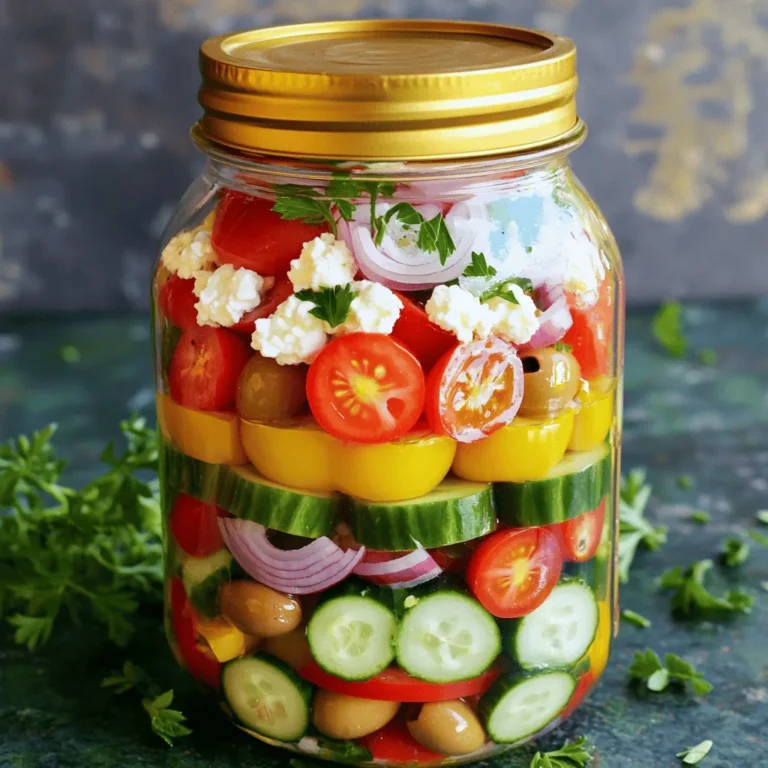
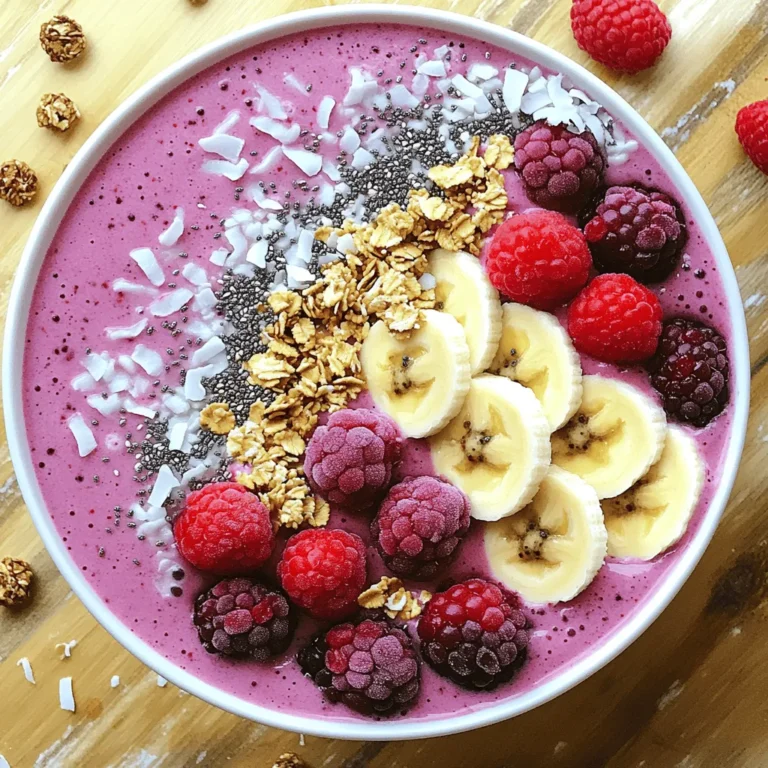
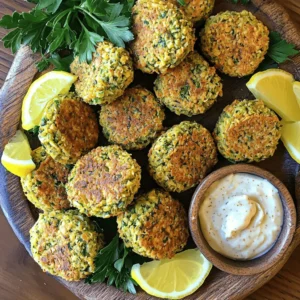


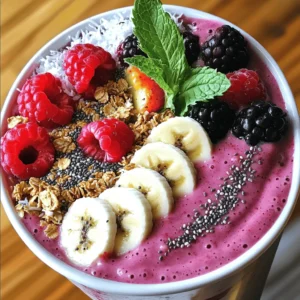
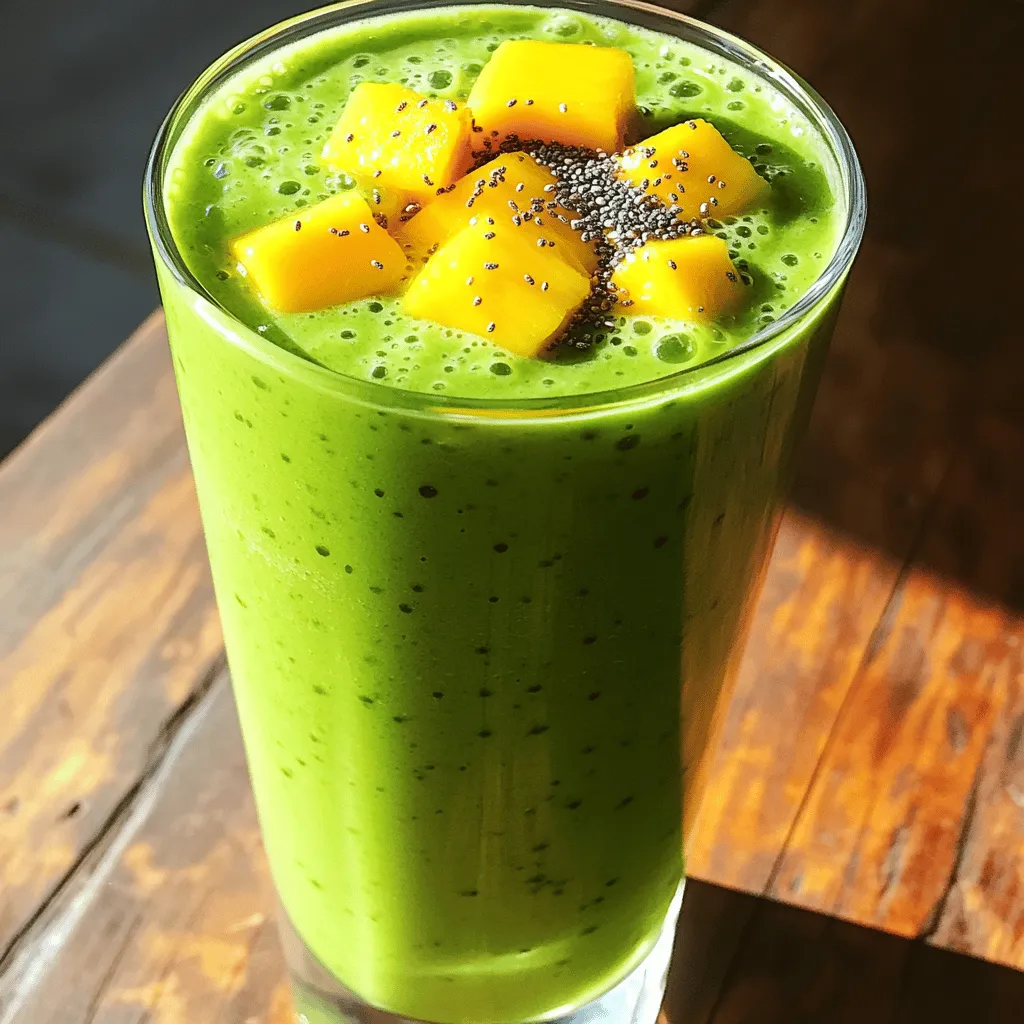


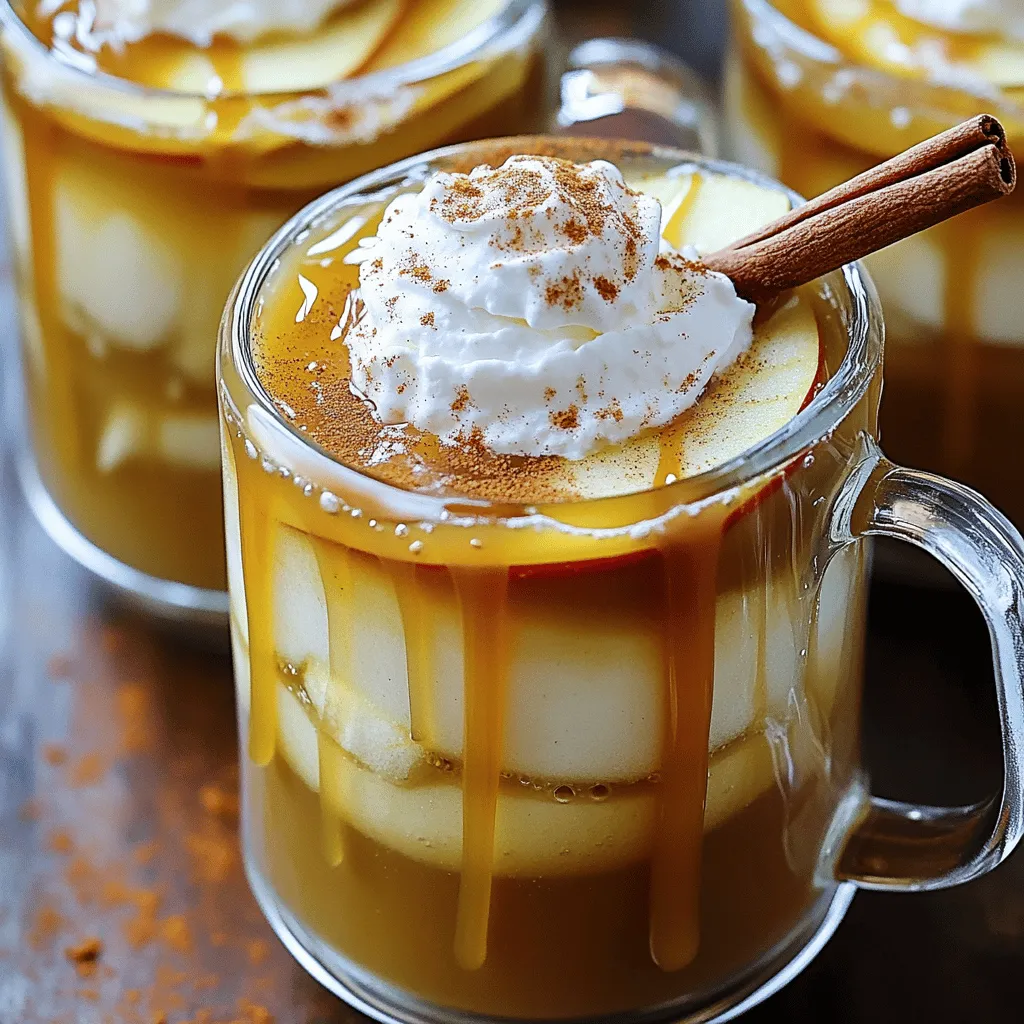

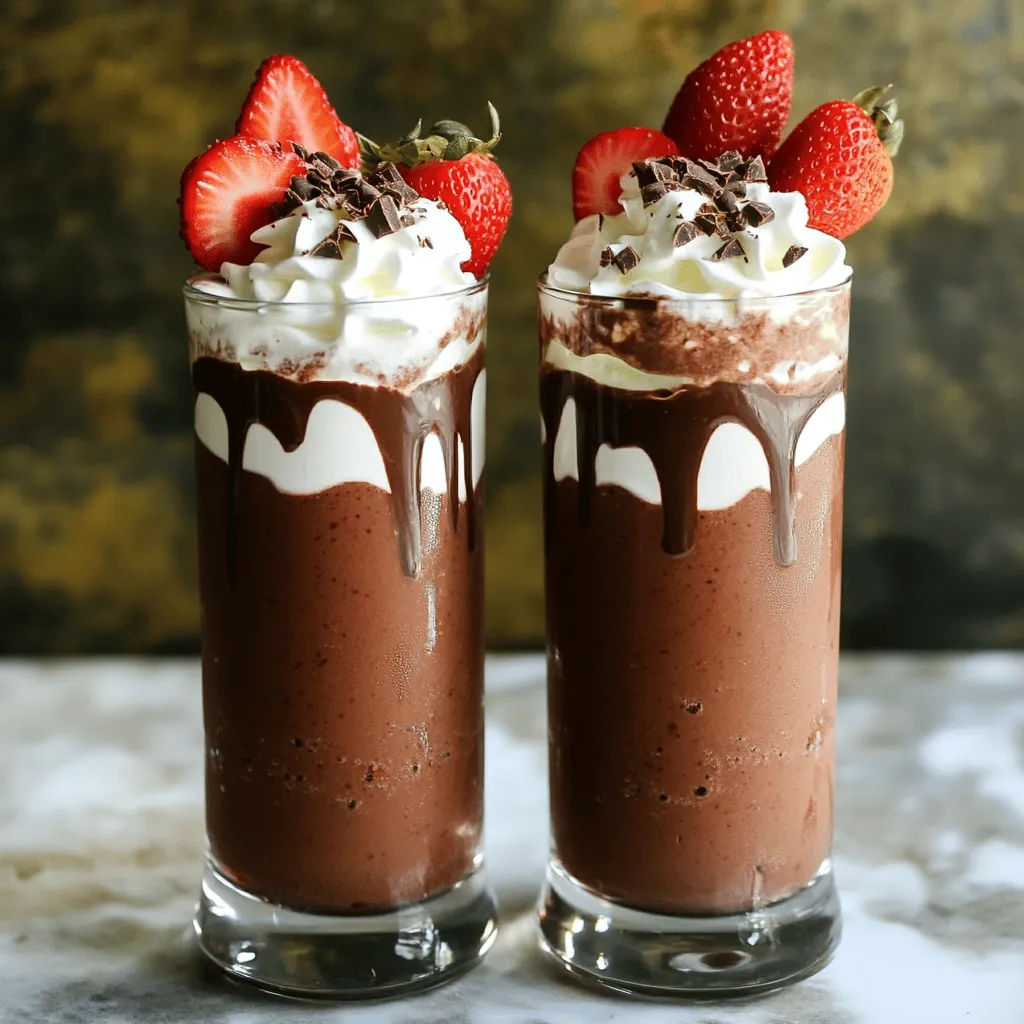
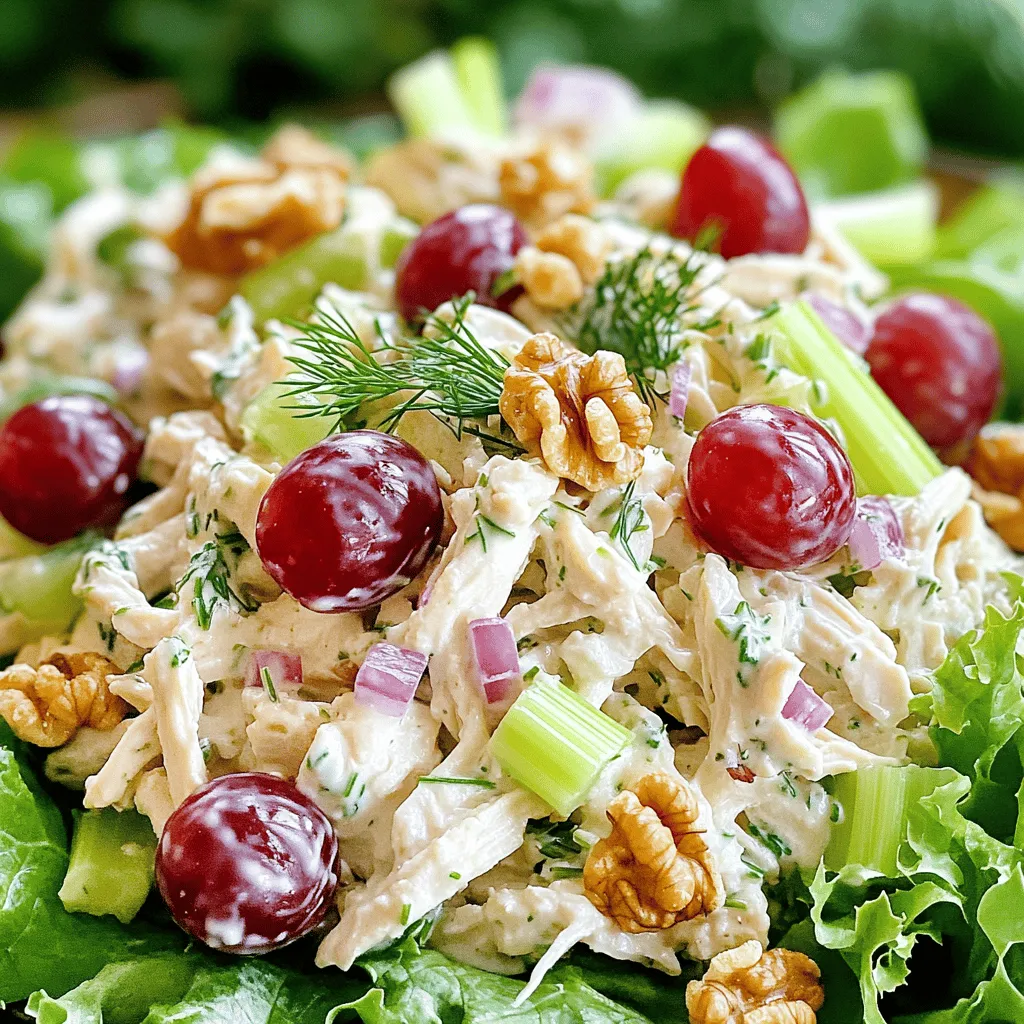
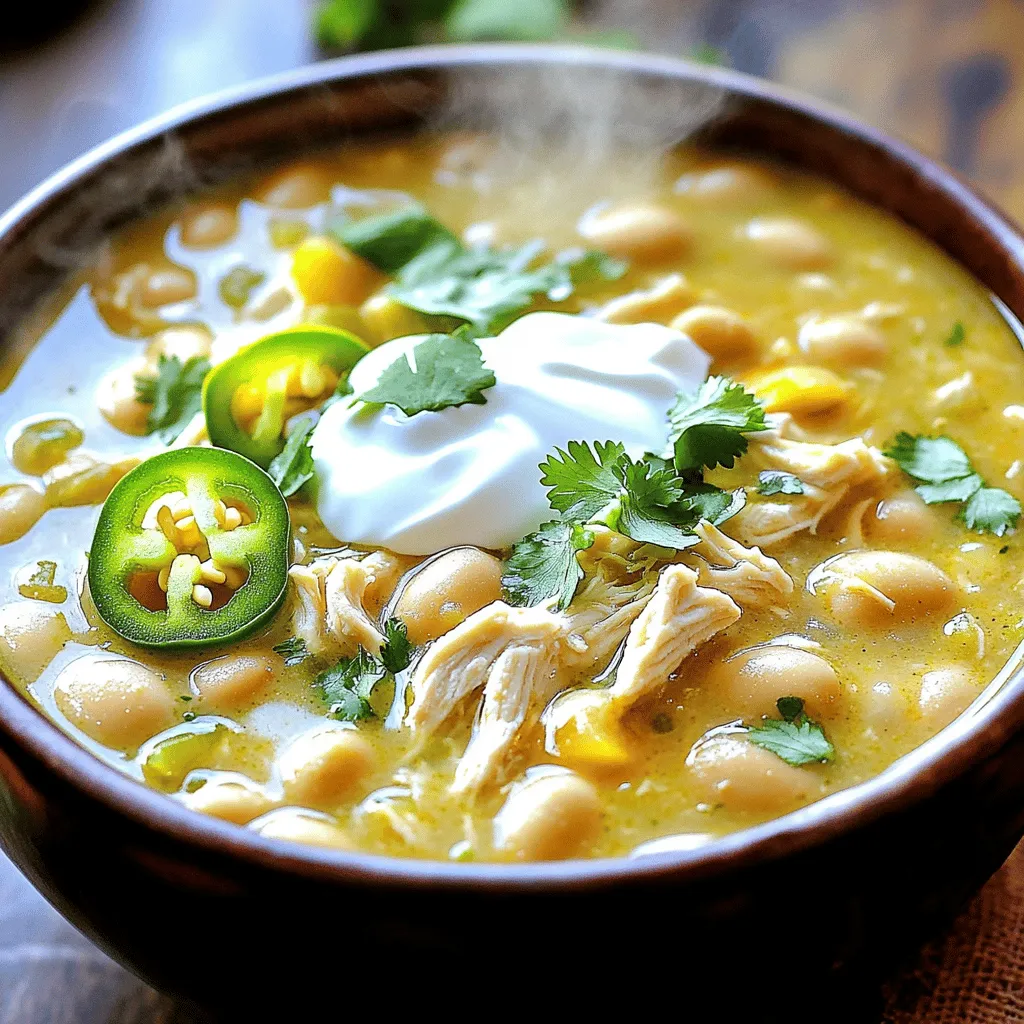
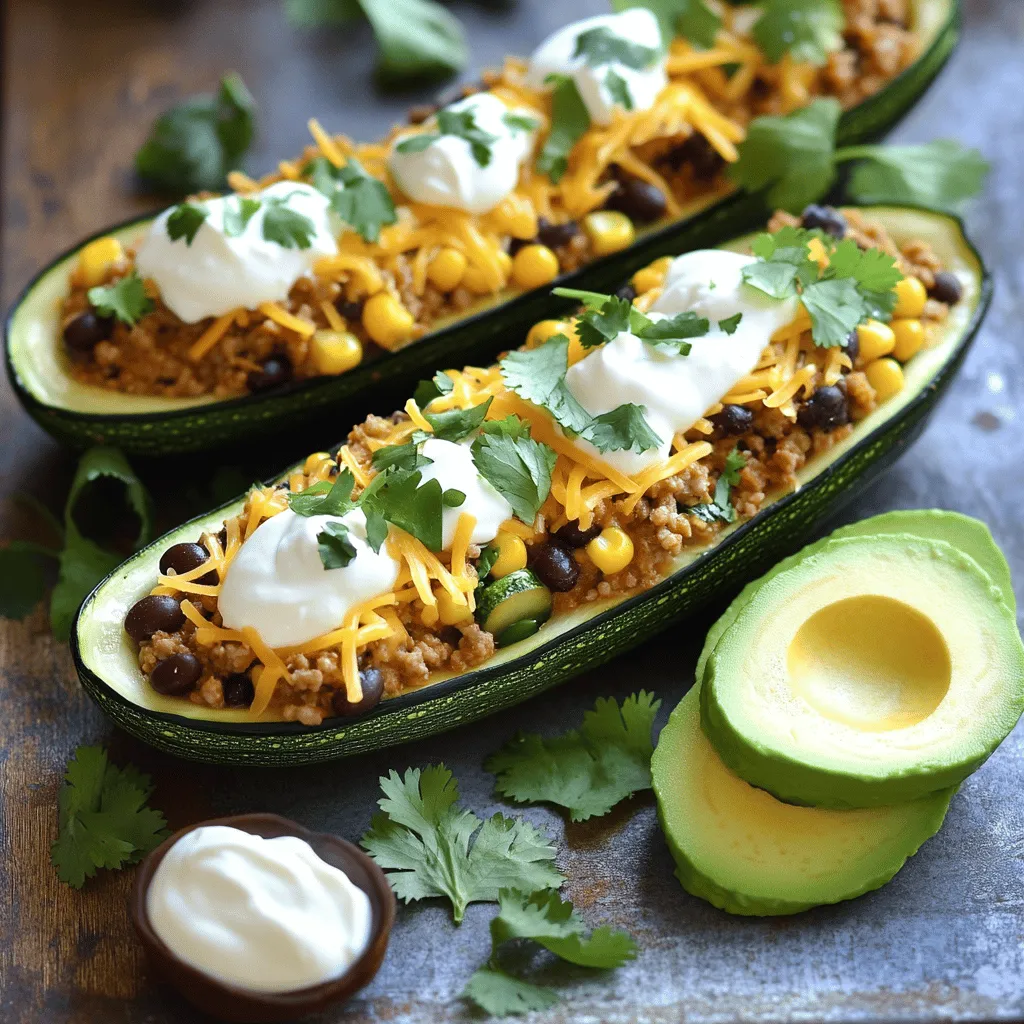
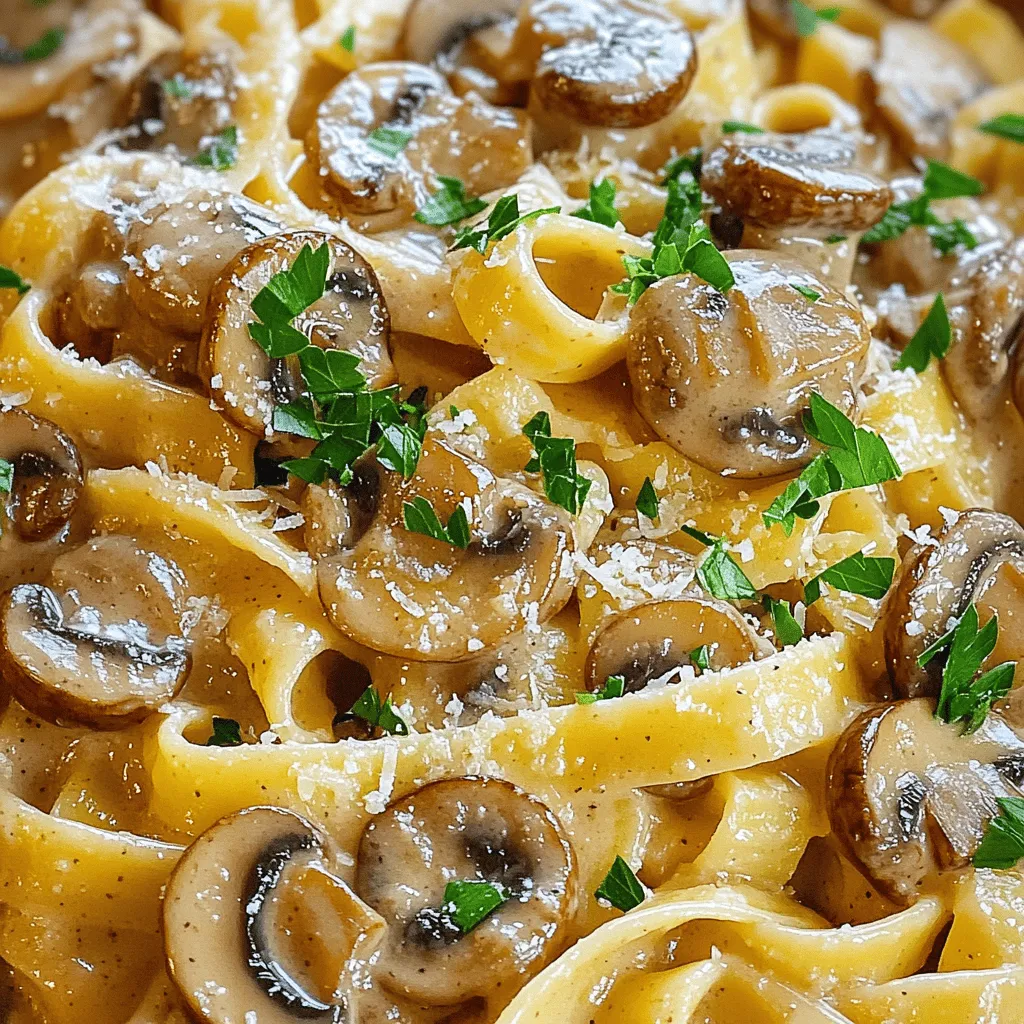



![- 4 boneless, skinless chicken thighs - 1 cup basmati rice - 1 medium onion, diced - 3 cloves garlic, minced - 1 bell pepper (red or yellow), diced - 1 cup cherry tomatoes, halved - 1½ cups chicken broth - 1 teaspoon dried oregano - 1 teaspoon dried thyme - Juice of 1 lemon - ¼ cup Kalamata olives, pitted and sliced - ¼ cup feta cheese, crumbled - 2 tablespoons olive oil - Salt and pepper to taste - Fresh parsley, chopped for garnish Each ingredient plays a key role in the flavor. The chicken thighs give rich taste and texture. Basmati rice adds a light and fluffy base. The onion and garlic bring depth with their savory notes. The bell pepper and tomatoes add sweetness and freshness. The chicken broth infuses the dish with flavor. Dried oregano and thyme enhance the Mediterranean essence. Fresh lemon juice adds a bright zing. Kalamata olives provide a briny contrast, while feta cheese offers creaminess. Lastly, fresh parsley brightens the dish. You can swap chicken thighs for breasts if you prefer leaner meat. Quinoa or jasmine rice works as a rice alternative. If you lack fresh tomatoes, use canned diced tomatoes. For a vegetarian option, replace chicken with chickpeas. Feel free to mix up the herbs. Basil or rosemary can replace oregano and thyme. Don’t have olives? Capers can add a similar salty kick. Each swap can change the dish's flavor, so choose what you love. For the full recipe, check out the link. Start by gathering all your ingredients. This makes cooking easier and fun. You need: - 4 boneless, skinless chicken thighs - 1 cup basmati rice - 1 medium onion, diced - 3 cloves garlic, minced - 1 bell pepper, diced - 1 cup cherry tomatoes, halved - 1½ cups chicken broth - 1 teaspoon dried oregano - 1 teaspoon dried thyme - Juice of 1 lemon - ¼ cup Kalamata olives, sliced - ¼ cup feta cheese, crumbled - 2 tablespoons olive oil - Salt and pepper to taste - Fresh parsley, chopped for garnish Make sure to wash your veggies. Dice the onion and bell pepper. Mince the garlic. Halve the cherry tomatoes. This prep helps flavors blend well. Heat the olive oil in a large pot over medium-high heat. Season the chicken thighs with salt and pepper. Add them to the pot and sear for 5-7 minutes per side. Look for a nice golden color. Remove the chicken and set it aside. In the same pot, add the onion and bell pepper. Sauté for 3-4 minutes until they soften. Then, add the garlic and cook for 1 minute until it smells great. Stir in the rice and toast it for 2 minutes. Next, pour in the chicken broth, oregano, thyme, and lemon juice. Mix well and bring to a simmer. Nestle the chicken back in the pot. Add the cherry tomatoes and olives. Cover and reduce the heat to low. Cook for about 20 minutes until the rice is tender and the chicken is cooked through. Once done, remove the pot from heat. Let it sit covered for an extra 5 minutes. Fluff the rice with a fork. Serve with crumbled feta and parsley on top. Keep an eye on the pot while it cooks. Set a timer for 20 minutes. This helps you avoid overcooking the rice or chicken. If the rice looks dry, add a bit more broth. Use a meat thermometer to check the chicken. It should reach 165°F for safe eating. Taste the rice before serving. If it needs more flavor, sprinkle a little salt or pepper. Enjoy this dish as a warm, comforting meal. Want to know more? Check out the Full Recipe for detailed steps! To boost the taste of One Pot Greek Chicken Rice, use fresh herbs. Fresh oregano or parsley will add a crisp note. You can also try adding a pinch of red pepper flakes for heat. Remember that quality chicken broth makes a big difference. It brings rich flavor to the rice. Don’t forget the squeeze of lemon juice; it brightens the dish. Add it right before serving for the best effect. One common mistake is not searing the chicken properly. Searing adds flavor and color. Avoid overcooking the rice; it should be tender, not mushy. Make sure to let the dish sit covered after cooking. This helps the flavors meld together. Also, don’t skip the feta cheese; it adds a creamy, salty finish. Lastly, be careful with salt. The olives and feta are salty, so taste first. A large pot or Dutch oven is best for this recipe. It allows for even cooking and helps build flavor. A wooden spoon is great for stirring. Use a sharp knife for chopping veggies. A cutting board will keep your workspace clean. Don’t forget a measuring cup for rice and broth. For serving, a large spoon or ladle works well. For the full recipe, check out Mediterranean Bliss: One Pot Greek Chicken Rice. {{image_2}} You can switch chicken for other proteins. Try using shrimp or fish for a lighter meal. For beef lovers, diced steak adds rich flavor. Just adjust cooking times to ensure they cook through. Each protein brings its own taste and texture, keeping your dish fresh and exciting. To make this dish vegetarian, skip the chicken and use chickpeas or tofu. Both options add protein and heartiness. For a vegan version, replace the feta cheese with a plant-based alternative. Use vegetable broth instead of chicken broth for a full flavor. These changes keep the dish tasty while catering to different diets. Feel free to play with flavors! Add spices like cumin or paprika for warmth. Throw in fresh herbs like dill or mint for a bright touch. You can also toss in vegetables like zucchini or spinach to boost nutrition. Try different olives or cheese types, like goat cheese, for a unique twist. Each small change can lead to a new favorite version of this dish. After you enjoy your One Pot Greek Chicken Rice, store any leftovers in an airtight container. Make sure the dish has cooled down first. This helps keep it fresh. Store it in the fridge for up to three days. If you want to keep it longer, freezing is a good option. When you’re ready to eat the leftovers, reheat them on the stove. Add a splash of chicken broth or water to keep the rice moist. Heat over medium-low heat, stirring often. You can also use the microwave. Place the rice in a microwave-safe dish, cover it with a damp paper towel, and heat in short bursts. Stir in between to warm it evenly. To freeze your One Pot Greek Chicken Rice, place it in a freezer-safe container. It will stay good for about three months. When you’re ready to enjoy it, thaw it overnight in the fridge. Reheat it as mentioned earlier. Freezing helps lock in flavors, so you can enjoy this dish later! For the full recipe, check out the Mediterranean Bliss: One Pot Greek Chicken Rice. This dish takes about 40 minutes to cook. You start with prep, which takes about 10 minutes. Then, cooking the chicken and rice takes around 30 minutes. You want the rice to be tender and the chicken cooked through. This timing makes it a quick and tasty meal for any night. Yes, you can use brown rice. However, brown rice takes longer to cook. It usually needs about 45-50 minutes. You must also adjust the liquid. Use about 2 cups of broth for every cup of brown rice. This change will keep the rice moist and flavorful. You can serve this dish with a fresh salad. A Greek salad with cucumbers, tomatoes, and olives pairs well. You might also enjoy tzatziki sauce on the side. It adds a cool and creamy touch. For something warm, try crusty bread or pita. These sides enhance the meal and make it even more delightful. For the full recipe, check out the [Full Recipe]. This guide covered the key ingredients and step-by-step instructions for making One Pot Greek Chicken Rice. You learned about ingredient substitutes and tips to enhance flavor. Remember to avoid common mistakes for better results. Explore variations for added excitement and find ideal storage methods for leftovers. With practice, you'll master this dish. Each time you cook, you'll gain confidence and skill. Enjoy the journey of making and sharing this tasty meal. Your cooking will shine with each experience.](https://easycookingbite.com/wp-content/uploads/2025/06/75105d0f-6974-40ed-9208-e7b87adf6647-300x300.webp)

![- 12 oz bowtie pasta - 1 lb ground beef - 1 medium onion, diced - 2 cloves garlic, minced - 1 can (14.5 oz) diced tomatoes with green chilies - 1 cup beef broth - 2 cups shredded cheddar cheese - 1 teaspoon Italian seasoning - 1 teaspoon paprika - Salt and pepper to taste - 1 tablespoon olive oil - Fresh parsley for garnish (optional) Each ingredient plays a key role in flavor. The bowtie pasta adds fun shape and texture. Ground beef gives richness, while onion and garlic create a savory base. Diced tomatoes add brightness and spice. You can swap ground beef for ground turkey or chicken for a lighter option. For a vegetarian version, use lentils or mushrooms. Cheddar cheese is classic, but feel free to try mozzarella or pepper jack for a twist. If you like heat, use diced tomatoes with jalapeños. Beef broth can be replaced with vegetable broth for a veggie-friendly dish. Choose high-quality ground beef for the best taste. Look for 80/20 lean-to-fat ratio for flavor. Fresh onions and garlic will enhance the dish, so avoid pre-diced options. Always check the expiration date on canned goods, especially tomatoes. For cheese, buy block cheese and shred it at home for better melting. Fresh parsley adds a nice touch; opt for it if you can! For more recipes and cooking tips, check out the Full Recipe. To make cheesy beef and bowtie pasta, you need to gather your ingredients. The key items include bowtie pasta, ground beef, onion, garlic, diced tomatoes, beef broth, and cheddar cheese. You will also need some spices like Italian seasoning and paprika. Having everything ready makes cooking easier. This dish takes about 30 minutes to prepare and cook. 1. Cook the Pasta: Start by boiling water in a large pot. Add salt to the water. Once boiling, add 12 oz of bowtie pasta. Cook it until it's al dente, according to the package instructions. Drain the pasta and set it aside. 2. Sauté the Onion and Garlic: In a large skillet, heat 1 tablespoon of olive oil over medium heat. Add 1 medium diced onion and 2 minced garlic cloves. Cook them for about 3-4 minutes until the onion turns clear. 3. Brown the Beef: Add 1 lb of ground beef to the skillet. Break it apart with a spatula. Cook it until it turns brown and is no longer pink. This should take about 5-7 minutes. If there is extra fat, drain it off. 4. Mix in Tomatoes and Spices: Stir in 1 can of diced tomatoes (14.5 oz) with green chilies, 1 cup of beef broth, 1 teaspoon of Italian seasoning, 1 teaspoon of paprika, and salt and pepper to taste. Bring this to a simmer and let it cook for about 5 minutes. 5. Combine Pasta and Sauce: Lower the heat and add your cooked bowtie pasta to the skillet. Stir everything together well. 6. Add Cheese: Gradually sprinkle in 2 cups of shredded cheddar cheese. Stir until the cheese melts and the sauce becomes creamy. If the sauce is too thick, add a bit more beef broth until it's just right. 7. Season to Taste: Taste your cheesy beef and bowtie pasta. Adjust the seasoning with more salt and pepper if you like. 8. Serve and Enjoy: Serve hot, with fresh parsley on top if desired. This dish is a warm, family-friendly meal that everyone will love! - Pasta Too Sticky: If the pasta clumps together, it may have been overcooked or not drained well. Make sure to cook it al dente and rinse it lightly after draining. - Sauce Too Thick: If the sauce seems too thick, just add a little more beef broth. Stir until you reach your desired consistency. - Beef Not Browning: Ensure your skillet is hot enough. If it's not, the beef will steam instead of brown. Increase the heat slightly if needed. For more details, check the full recipe. Enjoy your cooking adventure! To make the best cheesy beef and bowtie pasta, start with fresh ingredients. Fresh vegetables and quality beef give your dish great flavor. Always read the recipe first. This helps you gather all your ingredients. Measure everything before cooking. This saves time and makes cooking easier. For a creamy sauce, slowly add the cheese. Stir the mixture constantly as you add cheese. This helps it melt evenly. If your sauce is too thick, add a splash of beef broth. This will make it creamier and easier to mix. Taste your sauce as you go. Adjust the seasoning to your liking. You will need a large pot for the pasta. A skillet is key for cooking the beef. Use a spatula to break up the meat easily. A measuring cup helps with broth and cheese. A sharp knife and cutting board are great for chopping onions and garlic. These tools ensure a smooth cooking process. For the Full Recipe, refer to the earlier section in this article. {{image_2}} You can switch up the cheese in this dish. While cheddar is a favorite, mozzarella gives a nice stretch. Try using pepper jack for a spicy kick. Gouda adds a smoky taste. Mix them for a fun blend. Each cheese brings its own flavor and texture. Adding veggies can enhance both flavor and nutrition. Spinach, bell peppers, or zucchini work great. You can sauté them with the onion. If you want extra protein, try adding cooked chicken or sausage. This makes the meal more filling and colorful. You can even add beans for a different twist. For spice lovers, chili peppers are a must. Add chopped jalapeños or crushed red pepper flakes to the beef. This will give your meal a nice heat. You can also use spicy diced tomatoes instead of regular ones. Don’t forget to taste as you go, so you get the heat just right! For the full recipe, check out the detailed steps in the [Full Recipe]. After enjoying your cheesy beef and bowtie pasta, store leftovers in an airtight container. Make sure to cool the dish to room temperature first. This keeps the flavors fresh and prevents spoilage. Keep the leftovers in the fridge for up to three days. Label the container with the date for easy tracking. To reheat, place your pasta in a skillet over medium heat. Add a splash of beef broth or water to help keep it creamy. Stir frequently to ensure even heating. You can also use the microwave. Cover the dish and heat it in short bursts, stirring in between. This keeps the cheese smooth and delicious. If you want to save some for later, freezing is a great option. Place the cooled pasta in a freezer-safe container or bag. Remove as much air as possible to prevent freezer burn. You can freeze it for up to three months. When ready to eat, thaw it overnight in the fridge. Reheat it in a skillet, adding a bit of broth for creaminess. Enjoy your cheesy beef and bowtie pasta even when time is tight! Yes, you can! Bowtie pasta works well for this dish, but you can swap it with others. Try penne, fusilli, or even elbow macaroni. Each will give a unique twist. Just ensure you cook them according to the package instructions. This keeps the pasta tender and tasty. To make Cheesy Beef and Bowtie Pasta gluten-free, simply replace the bowtie pasta. Use gluten-free pasta instead. Many brands offer great options that taste good. Check the ingredients on the package to confirm they fit your diet. The rest of the ingredients are naturally gluten-free, so you're all set! Absolutely! You can cook the pasta and prepare the beef mixture in advance. Store them separately in the fridge. When you're ready to eat, just combine them and heat through. This saves time on busy nights and still gives you a tasty meal. For the best results, eat within two days for freshness. For the full recipe, check out the main article! In this post, we explored how to make Cheesy Beef and Bowtie Pasta successfully. We covered key ingredients, cooking steps, and helpful tips to enhance your dish. You learned about ingredient swaps and variations to suit your taste. Proper storage and reheating techniques ensure delicious leftovers. With these insights, you can create a creamy, cheesy meal that delights every time. Enjoy cooking and feel free to try new flavors!](https://easycookingbite.com/wp-content/uploads/2025/04/39349b32-43e6-4bbf-a941-dc289b337149-300x300.webp)

